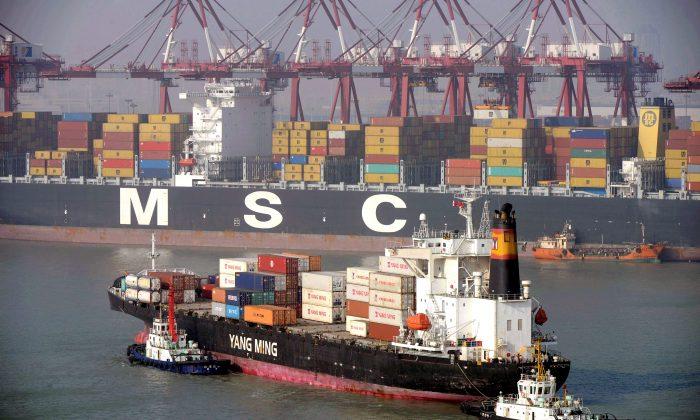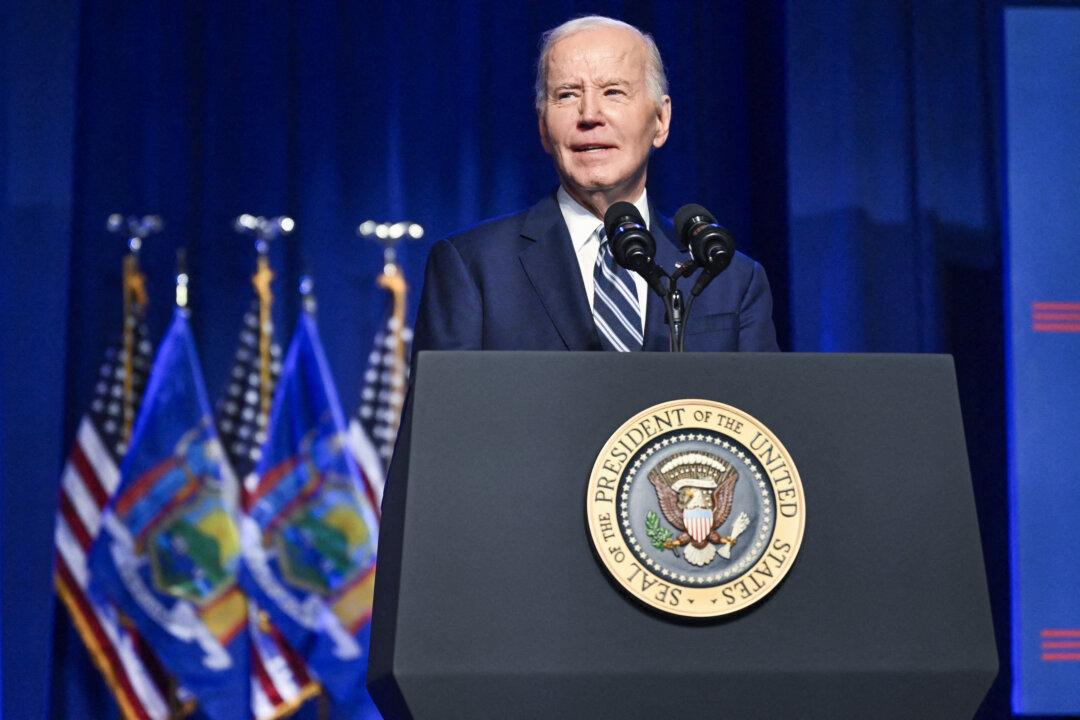The global shipping industry continues to suffer from China’s weakening economy and excess shipbuilding capacity. Freight rates hit all-time lows last week.
Spot container freight rates collapsed by 62 percent in the past year, according to a London-based advisory firm Drewery which compiles the World Container Index (WCI).
The index tracks the spot freight rates on 11 global routes connecting Asia, Europe, and the United States. It reached a record low of US$701 per 40-foot container on March 10.
“This was the lowest reading since the World Container Index started tracking weekly transatlantic, transpacific and Asia-Europe rates in June 2011,” stated Drewery in its research report.
The index is now 60 percent lower than its average of the past 5 years. The worst hit lines were the Shanghai-Rotterdam and the Shanghai-Genoa routes. Both fell to all-time lows.

The rise in global trade volumes and the containerization (transportation of cargo in containers) in the last decade drove the need for larger capacities. Hence, many carriers entranced by China’s bubbling economy started to invest in mega-ships.
Because Chinese imports have crashed, the shipping industry is now in deep recession. In addition, the overcapacity issue will worsen, with 53 more mega container ships entering the market in 2016.
French container shipping company, CMA-CGM reported a 6.4 percent drop in 2015 revenues.
“The beginning of 2016 is tough and marked by freight rates under pressure which will impact industry profitability,” stated the company in its annual report.
The sharp decline in freight rates and oil prices severely affected the results of Maersk, a Danish shipping group, as well. The company recorded a 15 percent drop in revenues and group’s profit crashed by 82 percent in 2015.
Maersk Line expects 2016 to be a tough year with significantly lower freight rates and the continued low growth in global demand for container transportation.
The recession in the shipping industry has sparked a consolidation trend as well.
“Consolidation in the container shipping industry is happening for the first time in a decade and will likely to continue in 2016,” stated an advisory firm, Alixpartners, in its container shipping outlook report. Consolidation is inevitable for carriers to gain market share and stay alive.
Hapag-Lloyd announced the acquisition of Chilean-based CSAV in December 2014, starting the merger trend in the sector.
France’s CMA-CGM Group agreed to buy Singapore’s Neptune Orient Lines and its APL brand. The merger will be one of the biggest shipping deals in years.
Meanwhile, the Chinese government orchestrated the merger of China Shipping Container Lines and COSCO, combining two big players in the Asian trade lanes.
There are also similarities in some respects between the container shipping industry and the U.S. domestic passenger airline business, according to Alixpartners.
“In many ways, the recovery playbook for the container carrier industry has already been written by the airlines, and the benefits are clear. Tight control over capacity, combined with disciplined and sophisticated commercial management, has turned industry profitability around,” stated the advisory firm.





